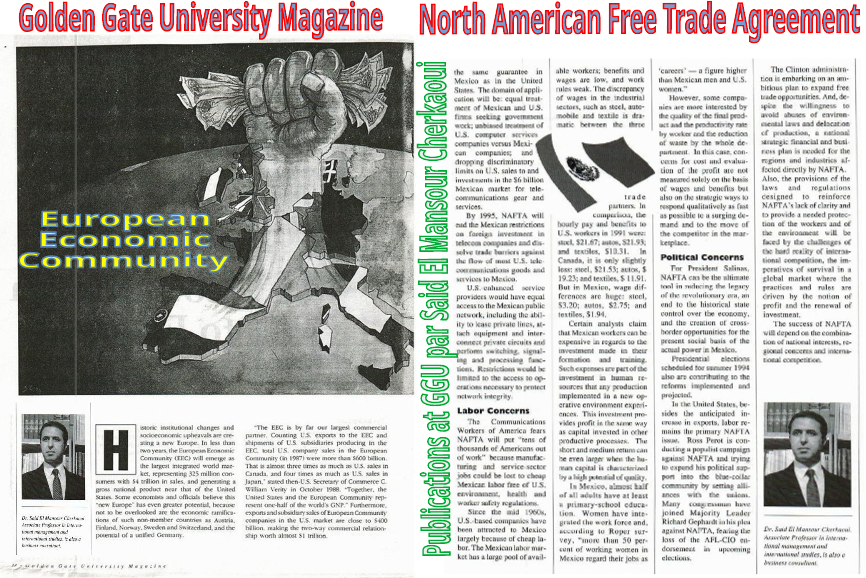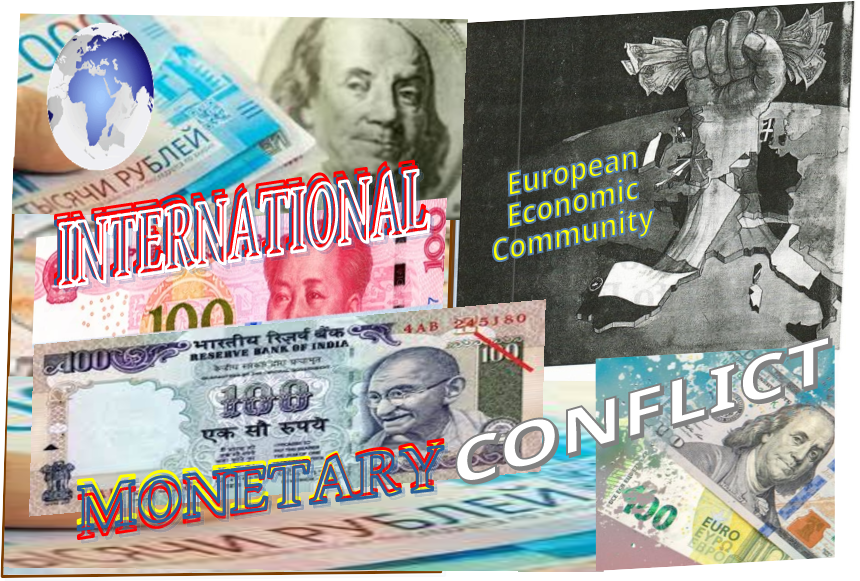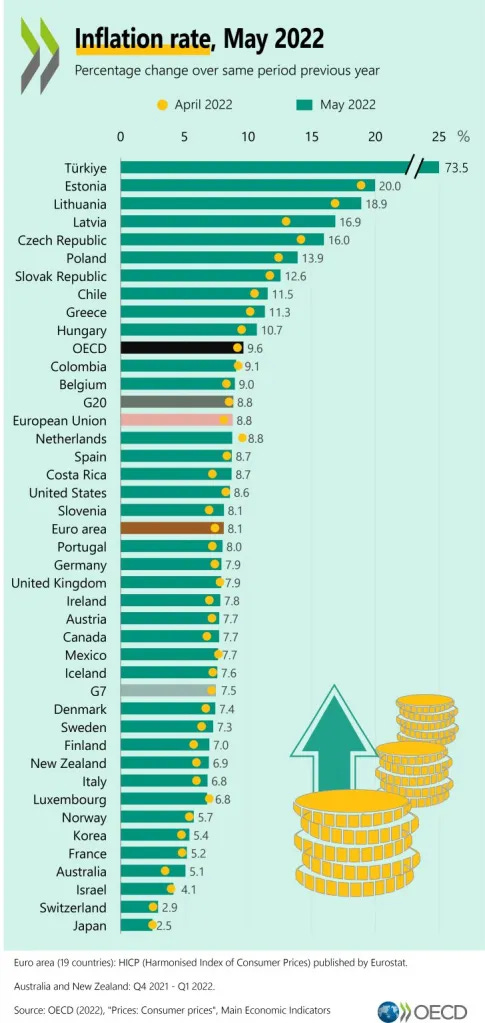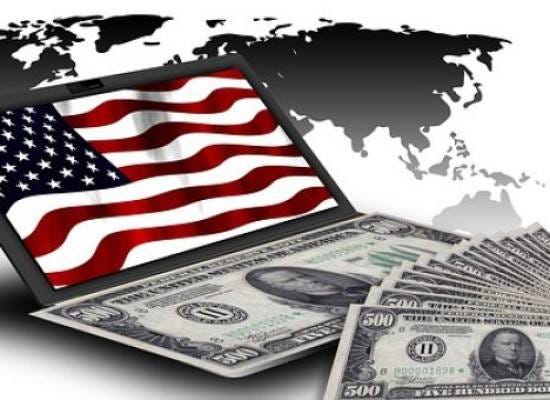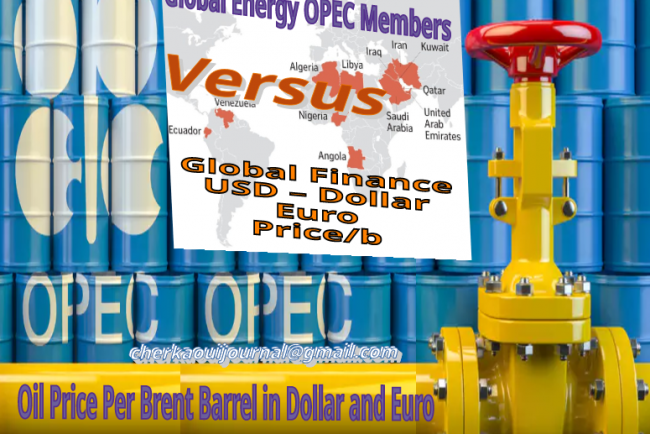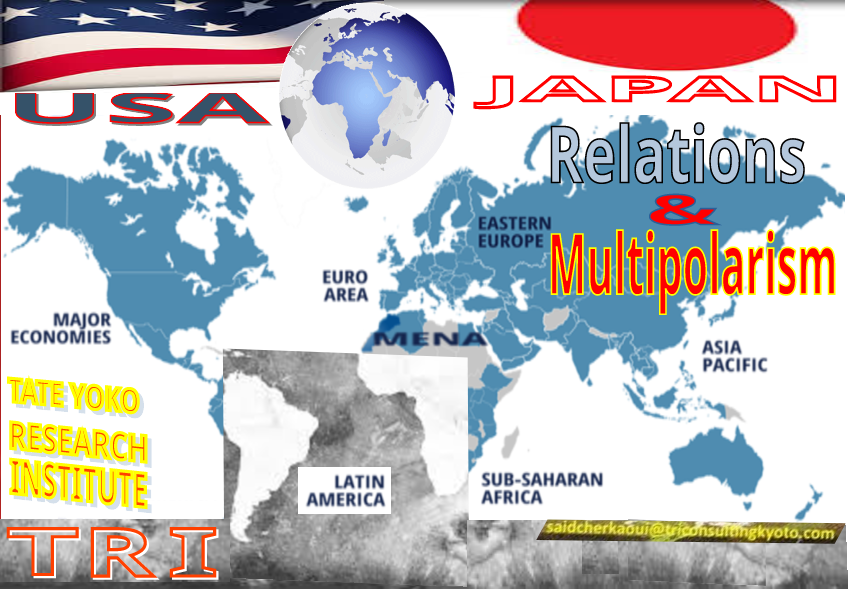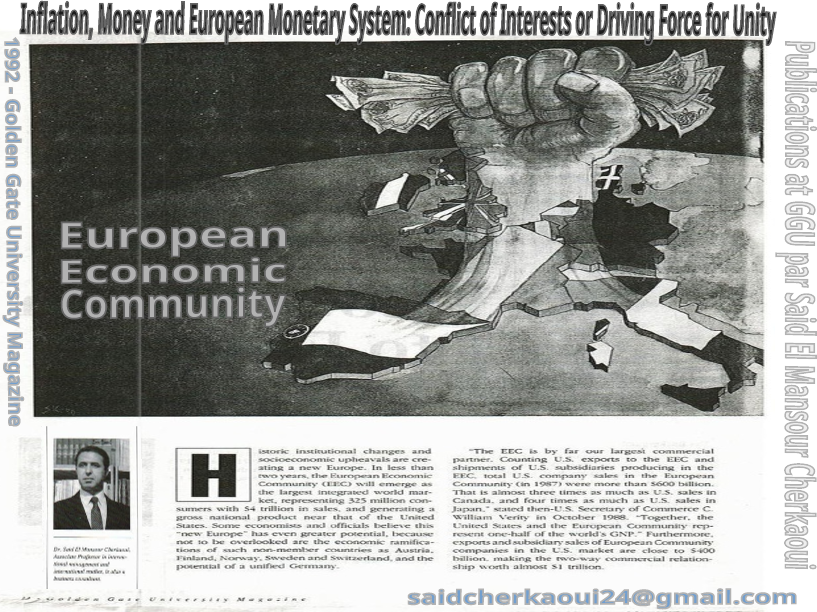This article was written during the time of the ministerial tenure hold by Ms Hakima El Haité as Secretary – Minister of the Environment in Morocco
Super Women Saving the Planet Morocco : Hakima El Haité
Hakima El Haité is Past Morocco’s minister for the environment and Past host of COP22.
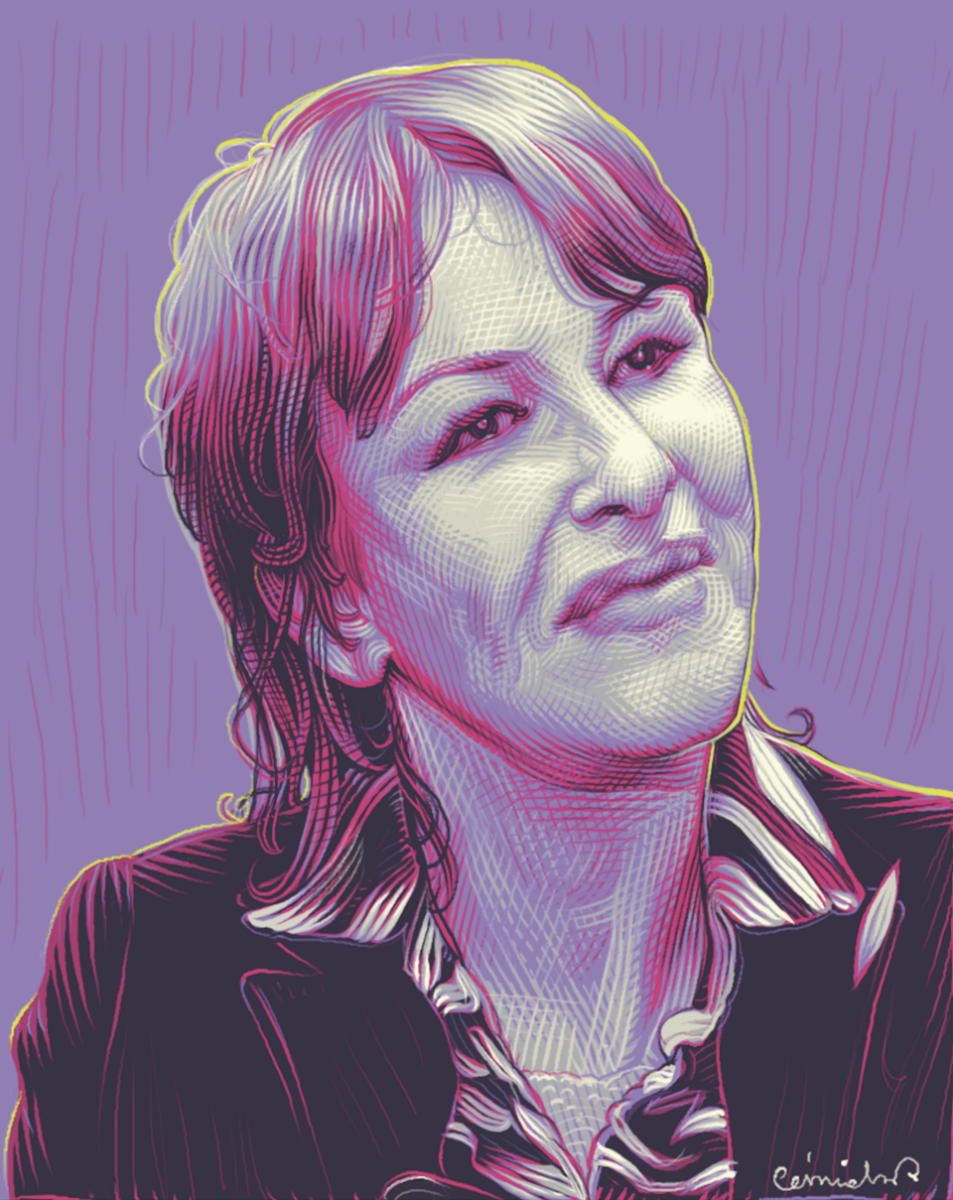
“I am the most hated minister in the world [Moroccan and for good reason],” said Hakima El Haité, Moroccan Minister of the Environment, laughing. “All environment ministers are hated you know? Because the environment ministers are not very important in terms of protocol, but they control everyone. “
She is the first Minister of Environment in the World that lost the legitimacy, the credibility and the control of the duties of her job: to defend the environment.
No body hated her and she had no control of anything, she was pushed away thanks to her lost of control of her own responsibility as Minister of the Environment, she authorized the dumping of medical and chemical waste in the region of Doukkala through incerination and dumping.
Hakima El Haite: Pollution even at the level of her own lips: Botox to the Max and Facial Surgery Failed Facelift Down

”The Trojan Mare for the Conquest of Land Doukkala by the Chemical-Food Companies: Dr. Hakima El Haite:
In this perspective, the air will be contaminated and this same air will transport this contamination among the territories of Doukkala which will be stuck on everything that moves in its path and will blend into nature as a disruptive element of the natural reproduction cycle of plants. native and wild, thus disturbing their cycles of proliferation and pollination and consequently on everything that helps the pollination not only of plants but also of all crops requiring the repetition of such a cycle through the passage of the carrier wind, insects and other vertebrate animals.
“Pollination is [the transport of pollen from the stamens to the pistil]. This transport is carried out mainly by wind (among others in grasses and conifers) and insects (mainly bees and butterflies, in most plants” with flowers ”), but also by water and vertebrates such as mice, bats and birds (especially the hummingbird). Pollination can take place inside a flower or between two different flowers, present or not on the same plant. The characteristics of the plant species determine when pollination results in fruiting. “”
End of quote.
Hakima El Haité, host of COP22 in Marrakech, is a pioneer for women — in science and diplomacy, and above all in the struggle for climate justice [by importing polluted garbages into Doukkala – Morocco and allowing Europeans cities to dump in Morocco all the contaminated leftover from hospitals]
LUCIA GRAVES – MAR 24, 2017
Pollution not only affects the air you breathe, that too but above all the sources of your survival as well. An infection of a reproductive cycle automatically leads to a multiplication of the sources of contaminating infections and the prolongation of corresponding diseases which are thus transmitted through a natural chain in the transmission belt are the fresh and natural foods displayed on the market and the food placed on your table at home.
Doukkala: First Laboratory for the Dissemination of Pollution
Regional Foundations for the Destruction of the National Environment
With Madame La Marquise Hakima El Haite, the story of the cleanliness of your Doukkali air, the cleanliness of your Sidi Bennour and Mtal watermelons and that of your symbolic and spiritual foods such as Karmouss and Cacti that Camels eat and the same goes for the Pumpkin for your couscous, they will all be also contaminated by association through their neighborhood and their cohabitation and sharing of the same sole and by watering by the same water and this at the lowest of their roots as at the highest of their foliage and blooming flowers. It is a methodical encirclement of the reproduction of nature that is at play here.
A strategy of conquest and genetic manipulation is being put in place for specific objectives subsequently requiring the intervention and the use of means and seeds that only the large multinational food and bio-tech companies hold the technology, the patents and the know-how, first it is the Monsanto company.
In 2016, Minister Madame Haima Al Haite was criticized for having granted the importation of waste from Italy to Morocco 5 6 .
Its responsibility was pointed out in a report of the Court of Auditors on the delays recorded within the framework of the project ” ” Al-Hoceima: Manarat Al Moutawassit “ , report published on October 24, 2017.

Youssef Ait Akdim, “Hakima Al-Haite:“ I am proud to see the emergence of an environmental conscience in Morocco ”,” Le Monde , July 12, 2016 ( read online [ archive ]) .
There is a lady specializing in this kind of work, she worked 22 hours, that’s what she said when she was Secretary of State for Pollution of Morocco, she found and created work and jobs in cemeteries for The funeral she is the only Person in charge in the world who is responsible for the environment and a Member of the world ecology organization and at the same time she was serving as a cleaning lady of chemical garbage and hospitals of ‘Italy, France and Europe and they were important to poison our life or that in Jorf Lasfar near the city where I am born, this lady who also cleans the look and the face with Botox to such an extent that ‘she swelled up her lips, cheeks and something else, her ugliness became so swollen that she no longer saw the beauty of nature around her, she wanted to inject Botox in Doukkala and became so annoying that ‘she defended her action as if our nature in Doukkala and elsewhere is an open trash can and rack for European hazardous waste
I think that since then this woman is on the sidelines, she needs to retrain, and to find a professional freshness and operational clarity, so why not give her a second chance to show us how she spends 22 hours in the day to make the Grande Femme du Menage International where she has already made herself distinguished and they even thought at a certain point of nominating her for the Nobel Prize for Ministerial Responsibility.
MADAME LA MARQUISE HAKIMA EL HAITI IS THE FIRST WOMAN TO WIN THIS WORLD TROPHY
EVER IN THE HISTORY OF THIS MODERN WORLD A MINISTER OF THE ENVIRONMENT HAS BECOME AN INSTRUMENT OF POLLUTION: Transforming its own country in and open Garbage and Trash Can for Chemical and other infected waste.
Welcome to the Food Supply Chain Management: Liberalism Nourishing Doukkala and Morocco:

If you start to get tired of listening and reading stories and writings on the pollution of Doukkala, it is that your breathing is already polluted and that you no longer have the patience to resist the injustices done to our children and to those that the air and the lands of Doukkala will carry across ages and horizons to affect and afflict your environment with contaminations that will be absorbed by animals and be reproduced in the Doukkala eco-system even at the level of ants and cicadas.Madame la Marquise Hakima El Haite is the spearhead of this rampant strategy of destroying the environment by introducing disruptive and destructive elements such as waste to reduce the natural renewal capacity of the ecosystem that ultimately will so altered that pollination and crop growth become dependent on the provision, introduction and use of new chemical and agro-food farming methods. At this point, the chemical-food companies will be rubbing their hands to receive such a windfall without having to fund any deterrent campaign as was the case in California and explain below.
These bins that you see around the city of El Jadida and elsewhere in Moroccan cities are overflowing and overflowing with the remains and waste of such a deterioration in the living conditions and nutrition of the population suddenly become dependent on the big surfaces and food products bloated with chemical, artificial and technologically manufactured ingredients and robotically designed.
Time Bombs Food Time Bombs

Once this task accomplished by the Marchioness, Doukkala and contaminated food products must require treatment so it’s a double windfall for large bio-tech companies and multinational food, a new market éloan has absorbed their food waste, the food by-products of which the North American and South American populations see their level of diabetes and their obesity dimension multiply every day thus becoming the tenants of emergency rooms and pharmacies which paradoxically are located one next to the other, often in the same neighborhood and even under the same roof. This is the case of supermarkets which actually sell food with natural flavors while the labeling claims that it is made only with natural products. These same supermarket home has just cost é these supernatural goods pharmacies, so the health ed double-edged for patients and for all food-including those who puff their own health.
It is this heritage that Madame La Marquise wants to bequeath to you and let the children of your children inherit while she; she will retire on golden cushions, she will write her memoirs as an international housekeeper who worked 22 hours a day to pollute Morocco and that according to her own televised statements as shown in this collection of photos, and she will be hired by companies from the countries to which it has served by getting rid of their excess waste and planting it as a flowering seed of pollution in Doukkala.
All Rights Reserved to Dr. Said El Mansour Cherkaoui

SUNDAY, JULY 17, 2016 AT 2 AM – 5 AM PDT
Tous_contre_l_importation_des_déchets_au_maroc
Rabat, Morocco Tous_contre_l_importation_des_déchets_au_maroc
Details 1.2K people responded Event by FORUM DU Maghreb and Oumaima Maliari Rabat, Morocco Duration: 3 hr Public · PROTESTATION PACIFIQUE ORGANISÉ PAR LES ASSOCIATIONS DE DEFENSE SUR LES DROITS ENVIRONNEMENTAUX DES CITOYENS DEVANT LE PARLEMENT MAROCAIN Rabat, Morocco – https://www.facebook.com/events/1625924377735936/
” Al Hoceima Manarat Al Moutawassit” for details read the analysis in this link :
Report of the Court of Auditors – The accounts renderings on the dysfunction, the State of the Advancement and Empowerment of Local Authorities in Rif the Management and Completion of Local and Regional Projects
https://mazaganmagazine.wordpress.com/2019/08/05/driss-jettou/
Said El Mansour Cherkaoui shared a post to the group: Alyassar Almaghribi .
August 23, 2017 ·
ARTIFICIAL FEEDING, CHEMICAL AND GENETICS: OMG AND CANCER DOUKKALA – MOROCCO
These bins you see around the city of El Jadida and elsewhere in Moroccan cities are full to overflowing and bursting leftovers and waste such a deterioration in the living and nutritional conditions of the population suddenly become dependent on supermarkets and food products bloated with chemical, artificial and technologically manufactured and robotically designed ingredients.
Time Bombs, Time Bombs
RIPOSTE AND ALTENATIVE:
A solution that is affordable and not costly but just requires continued attention:
- Plant your own vegetables and fruit to start,
- Organize communities and have a piece of land to use as places to plant organic products.
- There is a whole series of alternatives which can give the citizens aware of these dangers an opportunity to mobilize and to create avenues and methods to thwart these invasions of chemicals.
- Organize campaigns of denunciation and sensitization of the popular masses.
- Make sure that stores and producers listen to such oppositions and make sure that we buy more these products which hurt and make sick the most vulnerable populations.
- Require labeling with what is in the product as artificial elements and GMOs and so on.
- Launch periodic boycott campaigns coupled with a denunciation of products with OMG and artificial ingredients and origins and demonstrate their harmful impact.
A whole program of pressure on all those who import, distribute and sell these products, including the small local grocer as well as the large distributor of the periphery.
All this is not easy and is not within the reach of the individual but you have to make up your mind, you want to remain rabbits and rats as guinea pigs in the laboratories or you want to live a life worthy of a sovereign citizen.
The strengthening of the bases of democracy begins and is limited to the construction of a social response to any abuse and I believe food is what brings everyone together and that without a political, ideological or even institutional label.
Food is the basis of the community, it is the link through which emotion is shared and it is the place where human health is expressed.
While our Officials and Governments of Political Parties continue to sing you of mistakes serenades and lie to you in the face which makes them like this caricature that I am putting to you here below:
We all know these difficulties and these insurmountable obstacles and it is everywhere the same thing except in varying degrees of height and depth and extent, nothing is easy and nothing is granted to lethargy
We always talk about what the others do not, but I have never read here among the Jdidis and the Doukkalais and Doukkalaises a detailed description of what we are doing to change things
Here in the United States and I know that the United States is the first power in the world and that California is the 7th power in the world, and so on, Here in Oakland, where I live is worse, 40 to 50 million dollars to put down a run-off initiative and to vote just to have OMG labeling on food products, nothing else. Just put it on the boxes.
Food and beverage companies have picked up a war chest against this initiative which was the result of a beaten election campaign in California but it has caught on in other states and now many companies are posting on their products OMG.
Despite this armada of 40 million dollars and this is just what is declared without taking into account the services rendered friends friends between the companies which financed this counter-offensive: despite this, we mobilized and we faced even but we tried and the rest of the other states and activists from other communities took over since California was the first victim of this coalition of multinational chemical, genetic, artificial and robotic food companies.




